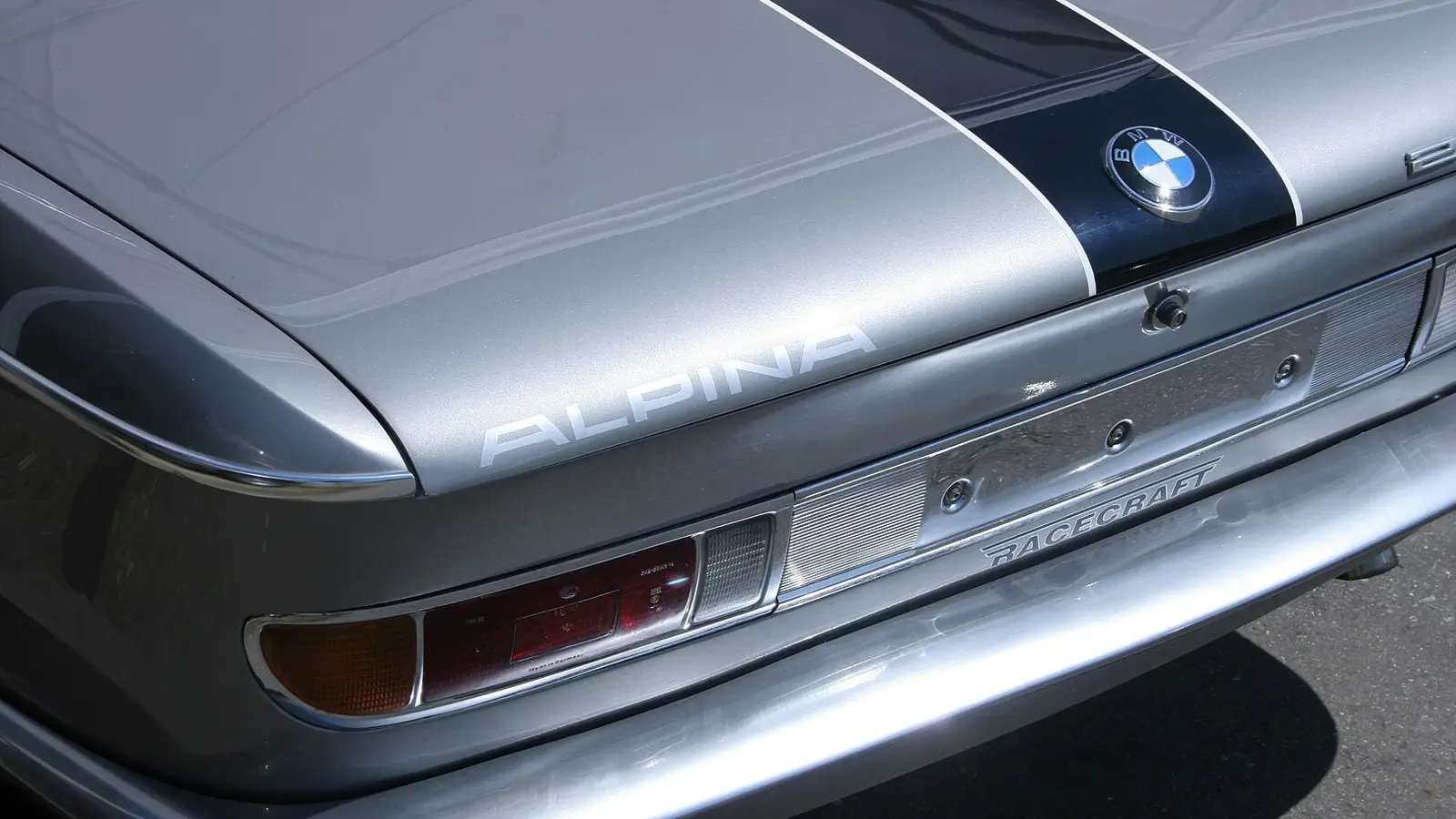Articles
Alpina’s Legacy: From Motorsport Glory to BMW’s Acquisition
Discover the evolution of Alpina, from its roots in motorsport to its status as a high-performance BMW specialist. Learn about its history, innovations, and future within BMW Group.
The Beginning: Typewriters and Carburetors
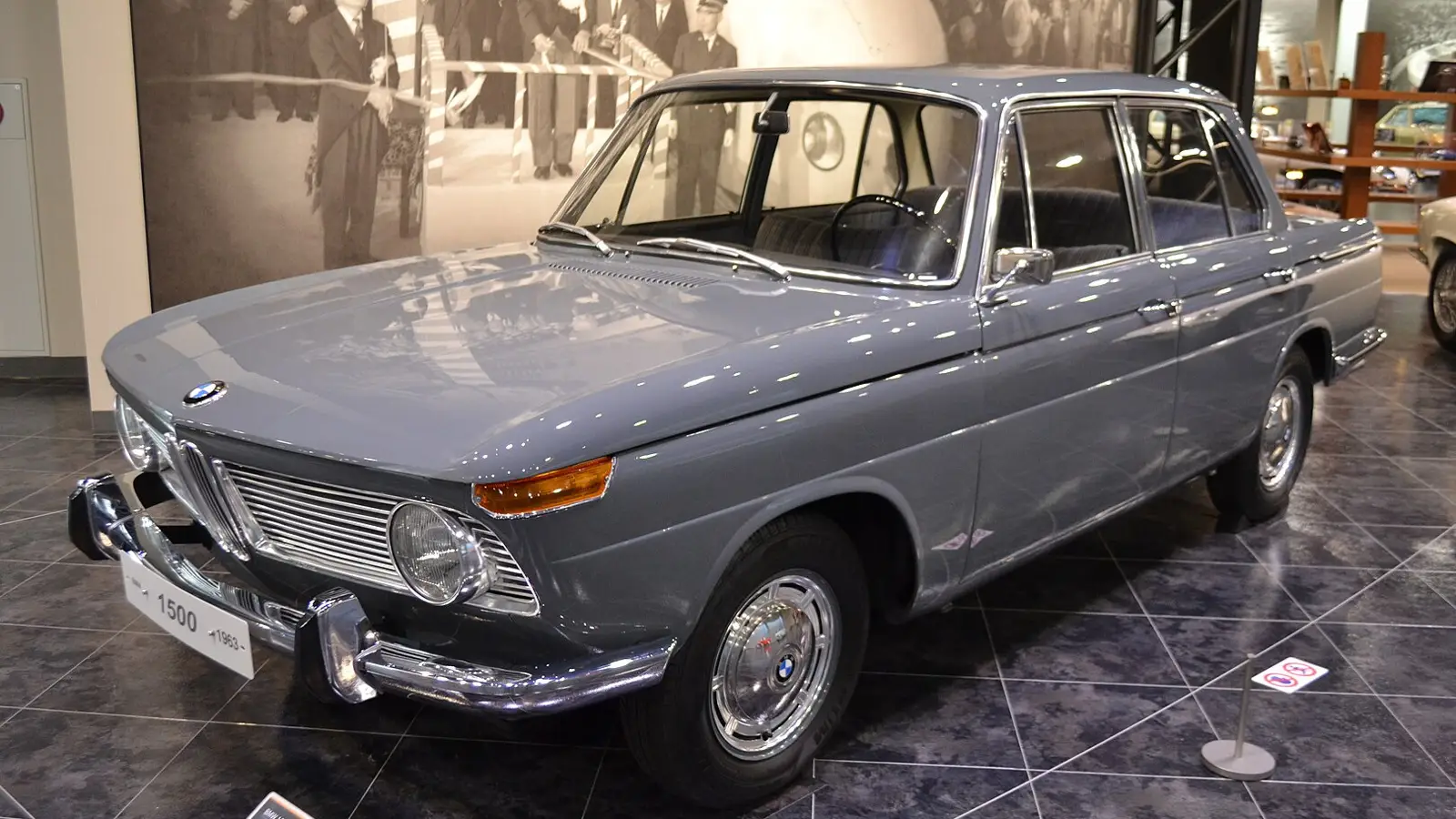
In 1962, German engineer Burkard Bovensiepen found a way to enhance the performance of the BMW 1500 by developing an advanced Weber carburetor. This seemingly small innovation marked the first step toward creating a company that would become synonymous with high-performance, exclusive BMW-based vehicles.
Officially founded in 1965, Alpina Burkard Bovensiepen KG had a surprising origin—Bovensiepen’s family business initially produced typewriters. However, Alpina quickly shifted focus entirely to automobiles, earning a reputation for not just making BMWs faster but also refining them to an unprecedented level.
Conquering Motorsport: Triumph and an Unexpected Exit
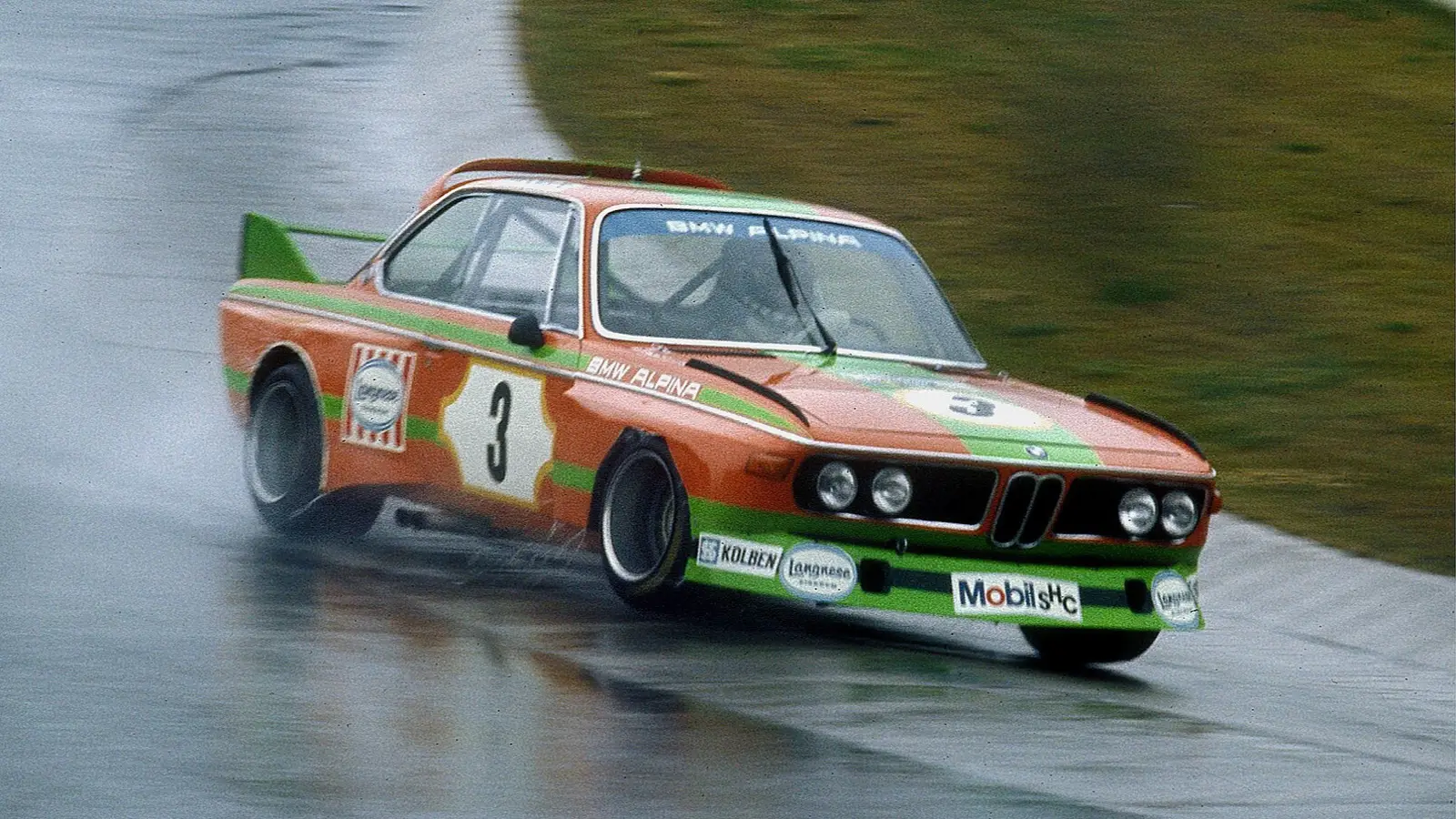
By the late 1960s, Alpina wasn’t just modifying street cars—it was making a name in motorsports. In 1968, the brand entered the racing scene, and by 1970, it had secured the European Touring Car Championship title. Some of the biggest names in racing, including Niki Lauda and Hans-Joachim Stuck, competed under the Alpina banner.
Despite these victories, Alpina shocked the industry by withdrawing from motorsport in 1977. The company’s focus shifted entirely to crafting high-performance road cars, as demand for its exclusive BMW-based models soared.
Recognition as an Independent Manufacturer and Technological Innovations
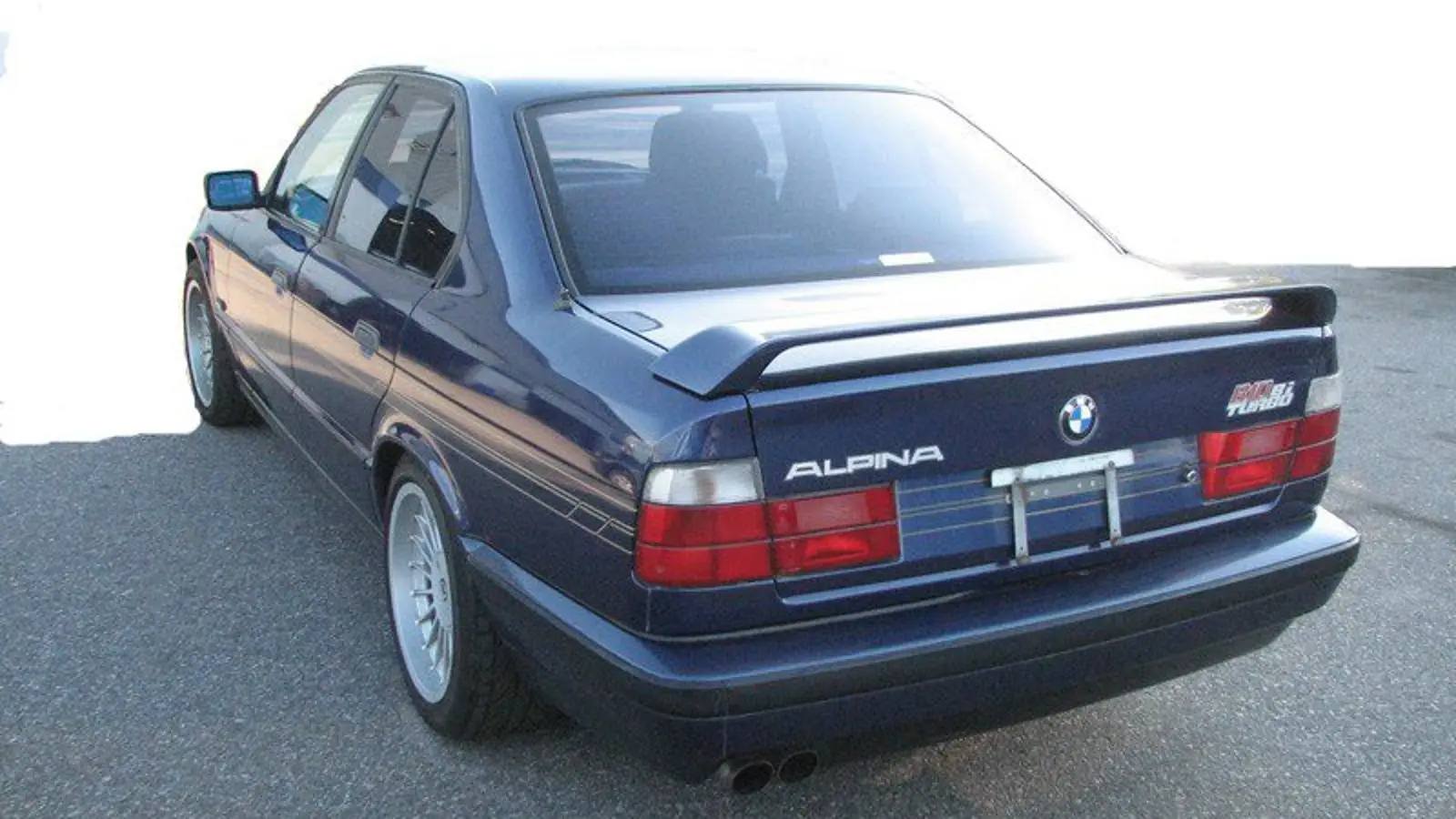
By 1983, Alpina was no longer just a tuning company. It gained official recognition as an independent car manufacturer in Germany, meaning its cars received their own VIN numbers, distinguishing them from standard BMW models.
Innovation remained at the heart of the brand. In 1985, Alpina became one of the first to introduce metal catalytic converters, significantly reducing emissions. The company briefly returned to racing in the DTM series in 1987, but by 1992, it had fully committed to road cars.
One of Alpina’s greatest hits was the B10 BiTurbo (1989), a car that redefined four-door performance. In 1999, the company stunned the industry again by launching its first diesel sports sedan, the D10 BiTurbo.
The New Millennium: Expansion and BMW’s Influence
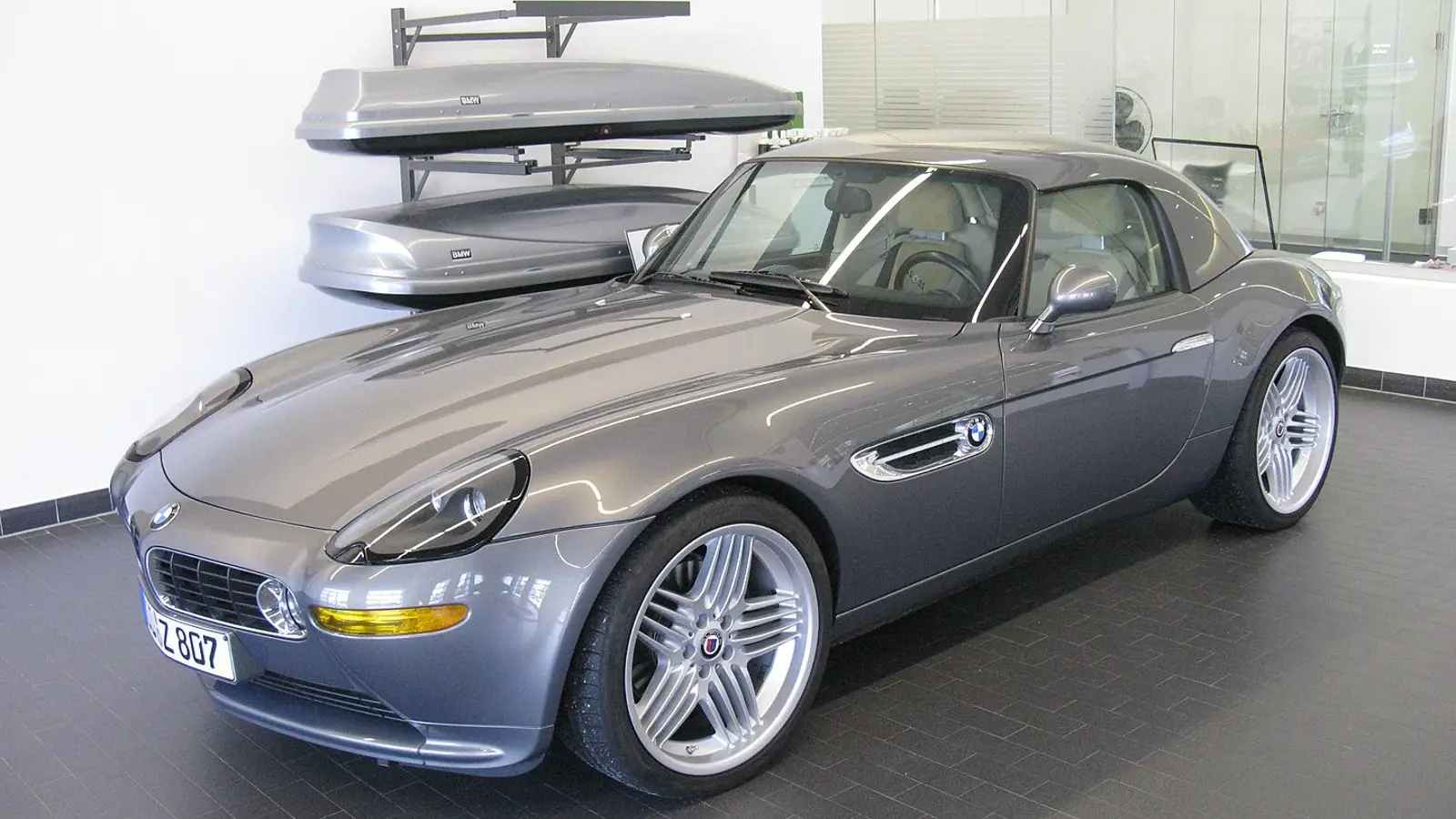
The 2000s were a time of expansion. Alpina entered the U.S. market in 2002 with the Roadster V8 and soon introduced supercharged models like the B7 (2003).
However, despite its growing success, Alpina remained a boutique automaker with only a few hundred employees, producing a limited number of cars each year. This exclusivity made each Alpina model unique but also hinted at the need for a strategic partnership.
In 2022, BMW announced its acquisition of Alpina, with plans to fully integrate the brand by 2025. While this ensures Alpina’s survival, it also raises questions about how much of its independent identity it will retain.
Legacy and the Road Ahead
In October 2023, Burkard Bovensiepen, the visionary behind Alpina, passed away, leaving behind a legacy of engineering excellence. The future of the brand remains uncertain: will it become just another premium BMW sub-brand, or will it retain its distinctive character?
One thing is clear—Alpina has left an indelible mark on automotive history. Whether through its motorsport triumphs, groundbreaking technology, or bespoke high-performance models, the spirit of Alpina will endure.
2025, Feb 26 20:52

